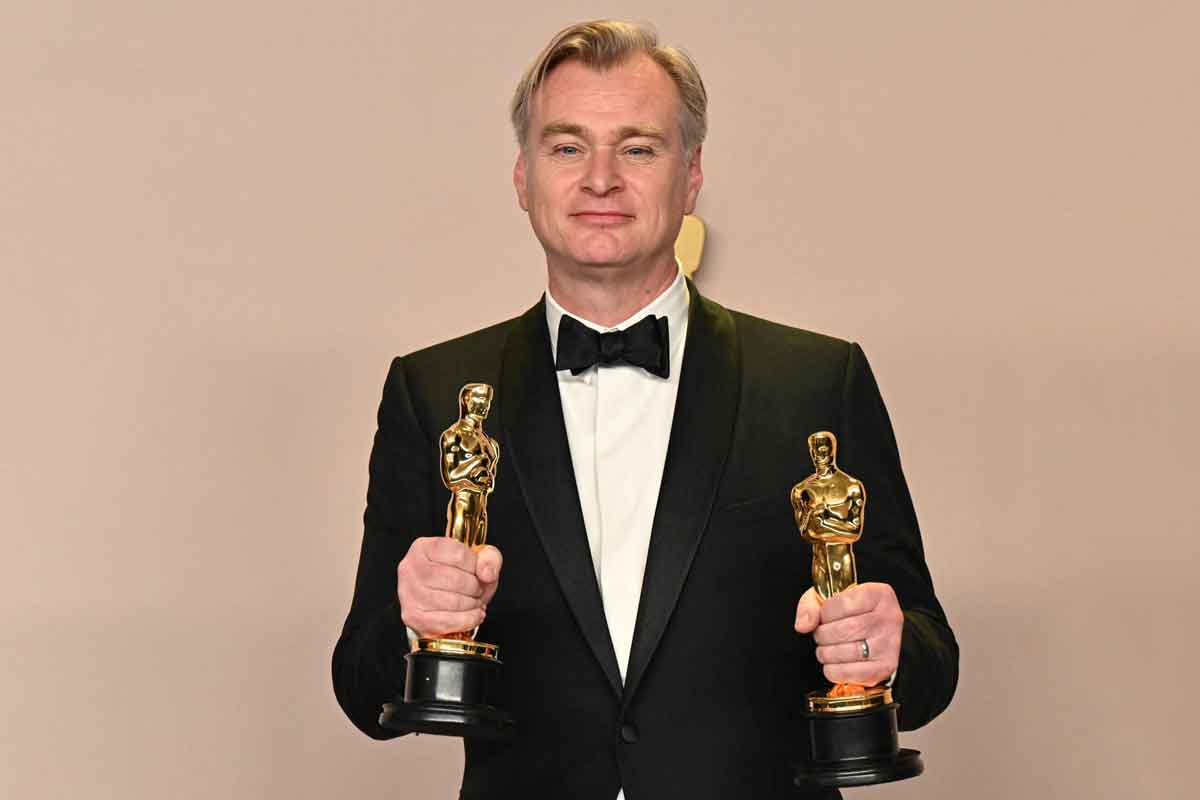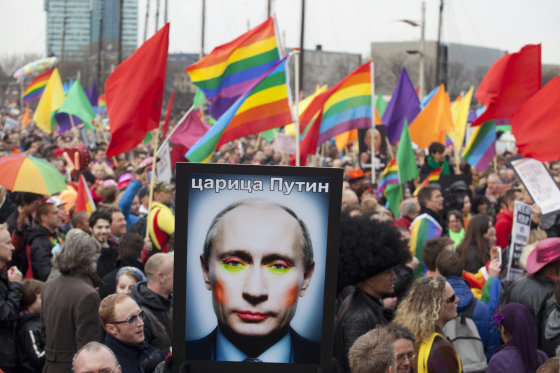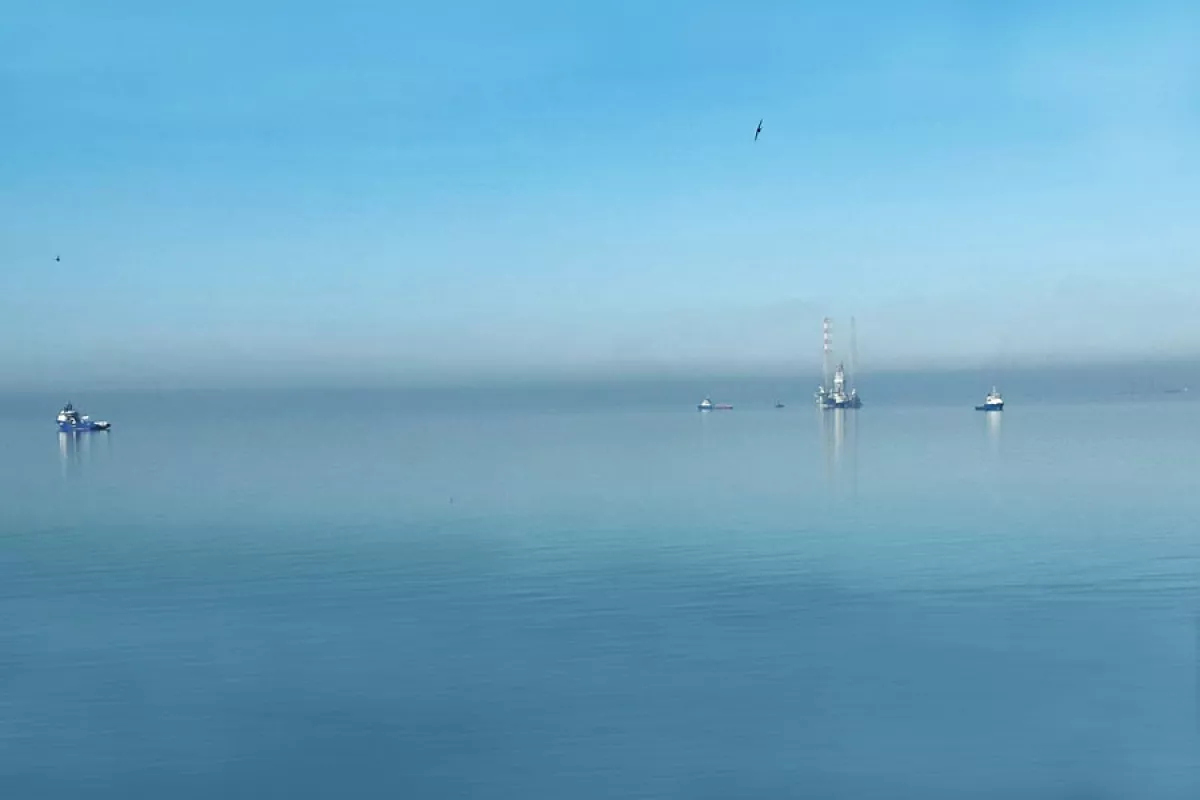Putin, Homoeroticism, and Russian Culture: A Complex Intersection
The relationship between Vladimir Putin, homoeroticism, and Russian culture is a multifaceted and often contentious subject. It sits at the crossroads of a carefully cultivated political image, artistic interpretations, and a societal landscape marked by increasingly conservative stances on sexuality and gender identity.
At the forefront is Vladimir Putin’s public persona, meticulously crafted to project strength, virility, and traditional masculinity.
Homoeroticism itself has a complex and often unacknowledged history within Russian art and culture. From the subtle undertones in some Socialist Realist art, with its focus on idealized male bodies and camaraderie, to more overt explorations in the Russian avant-garde period, same-sex desire and non-normative gender expressions have been present, albeit often suppressed or coded. However, official Russian cultural narratives today tend to deny or ignore these queer interpretations, emphasizing “traditional values” that align with the conservative stance of the Russian Orthodox Church.
Under Putin’s leadership, Russia has seen a significant crackdown on LGBTQ+ rights.
Public opinion in Russia on homosexuality remains largely negative, with significant support for discriminatory laws.
The controversy surrounding the 2014 Sochi Winter Olympics brought international attention to Russia’s anti-LGBTQ+ policies. Activists used the global platform to protest the “gay propaganda” law, leading to debates about human rights and the image Russia was projecting to the world.
In conclusion, the intersection of Putin, homoeroticism, and Russian culture is characterized by a stark contrast:
- A political leader who projects an image of hypermasculinity, which can be (and has been) subversively reinterpreted through a homoerotic lens, particularly by those critical of his regime.
11 - A rich, yet often suppressed, history of homoerotic themes in Russian art and culture.
- A contemporary socio-political environment where “traditional values” are aggressively promoted, leading to the legal and social marginalization of LGBTQ+ individuals and the denouncement of non-normative sexualities.
12
The perceived threat of homoeroticism to the official narrative of a strong, traditional Russia is evident in the state’s repressive measures, highlighting how anxieties around gender and sexuality are intertwined with national identity and political power in contemporary Russia.


